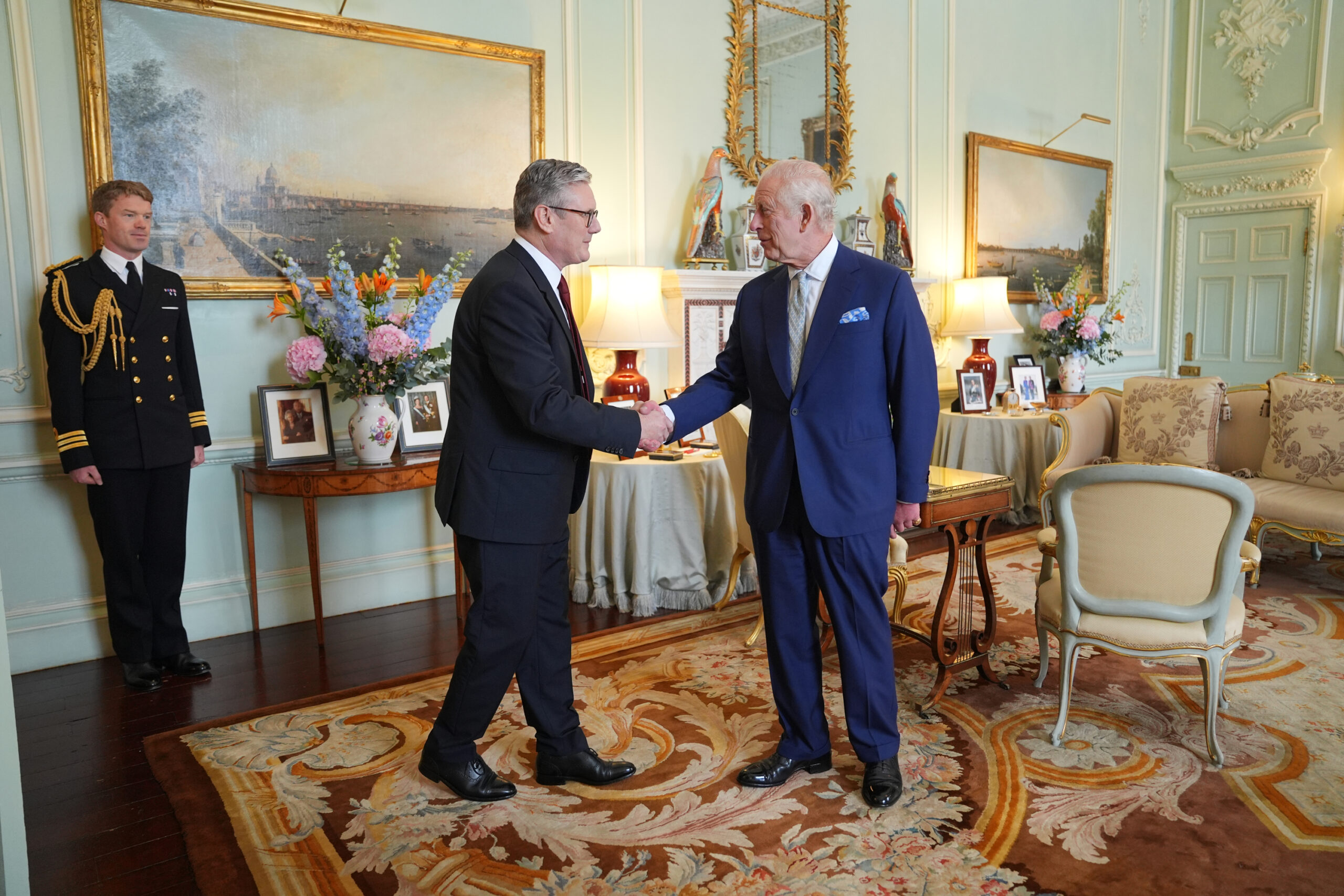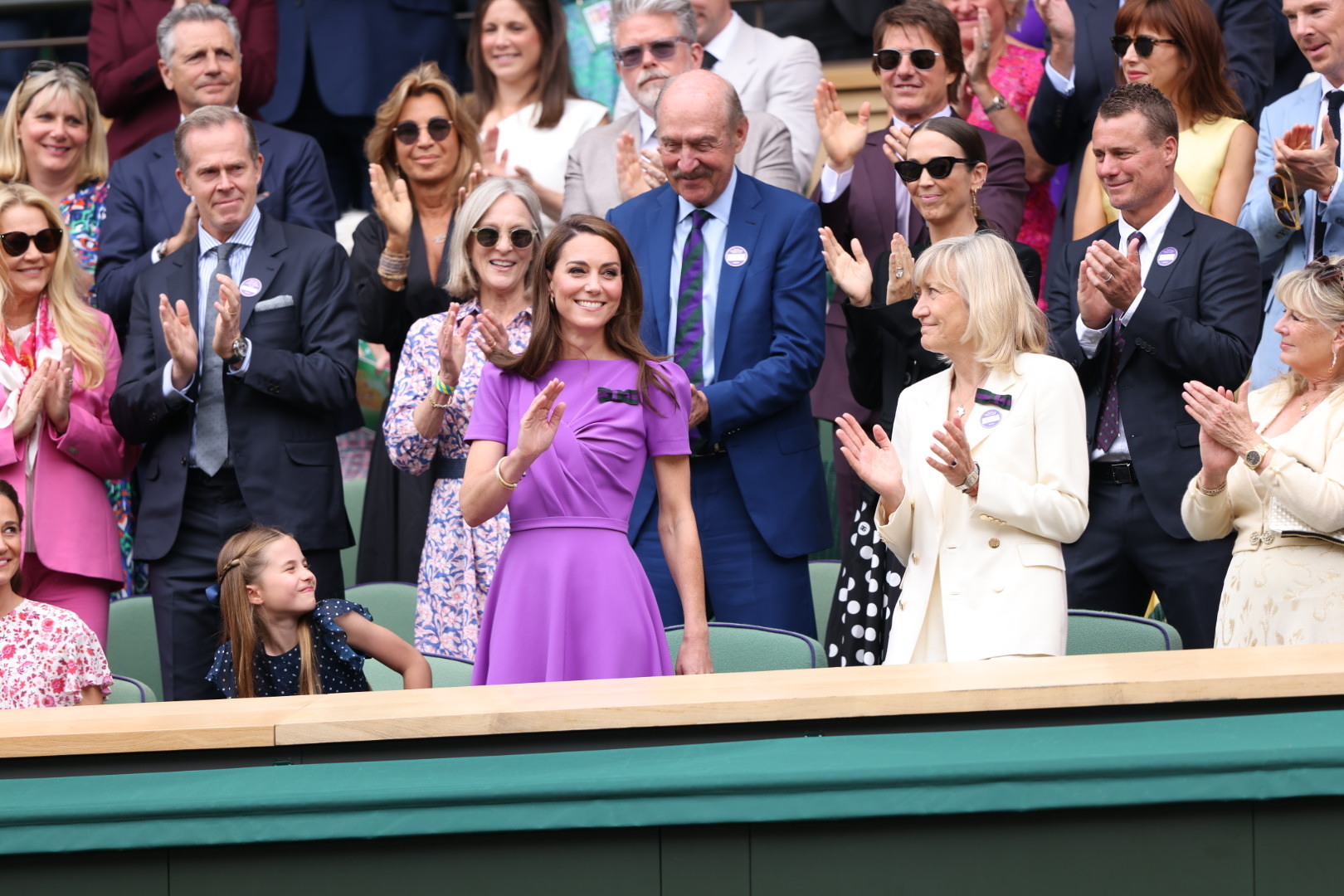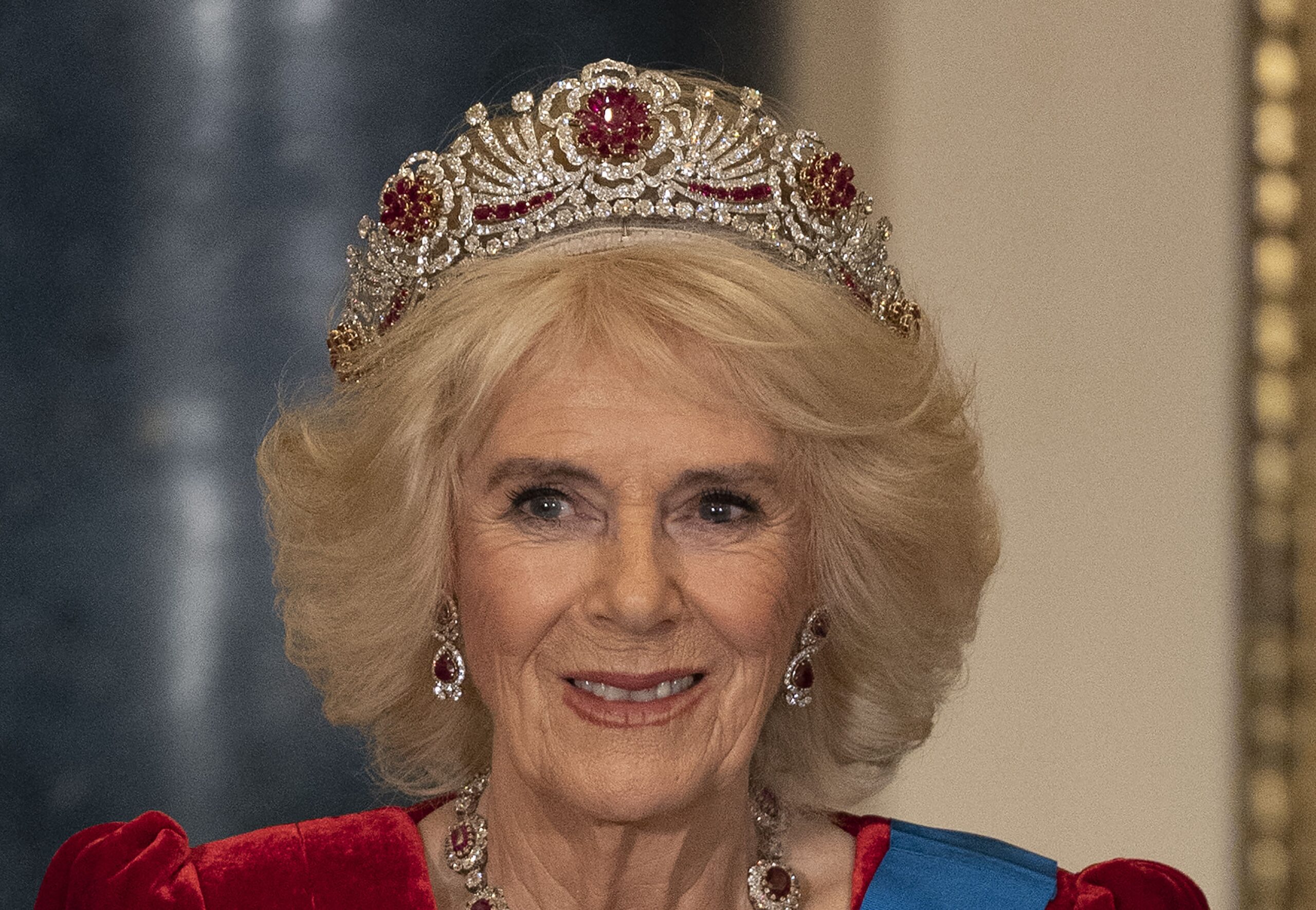Princess Louise – later Duchess of Argyll – was the most rebellious, artistic and beautiful of all of Queen Victoria and Prince Albert’s children; she was a woman ahead of her time, with a passionate interest in the arts, higher education and the feminist cause.

Princess Louise, Duchess of Argyll, c1920 (wikimedia commons)
Louise’s early years:
Courtiers and government ministers gathered at the culmination of the Queen’s sixth confinement on18th March 1848 at Buckingham Palace, awaiting the sixth child of Victoria and Prince Albert.
Twenty-one blasts from the Tower of London and Hyde Park greeted Louise’s arrival, with Albert noting in a letter to his friend, Baron Stockmar (ambassador for the Duchy of Saxe-Coburg-Gotha to the UK), that her safe delivery had increased his gratitude at having added another bouncing baby daughter to his brood. Princess Louise was the fourth daughter for the couple, of their eventual clan of nine.
Presciently – given Princess Louise’s future interests – on the very day she was born, the House of Commons was debating improvements for childbirth conditions for the poor.
It was at Louise’s birth that Queen Victoria first used chloroform as pain relief.
Whilst all of the couple’s previous children had had their names chosen by the Monarch, Albert was given free hand to choose the names for this child, and he settled upon Louise Caroline Alberta. Louise commemorated his own mother; Caroline, his step-grandmother the dowager Duchess of Gotha, who had died a few days before the baby’s birth; and Alberta for himself. At home though, and until she left the nursery, her family would call her “Loo-loo”.
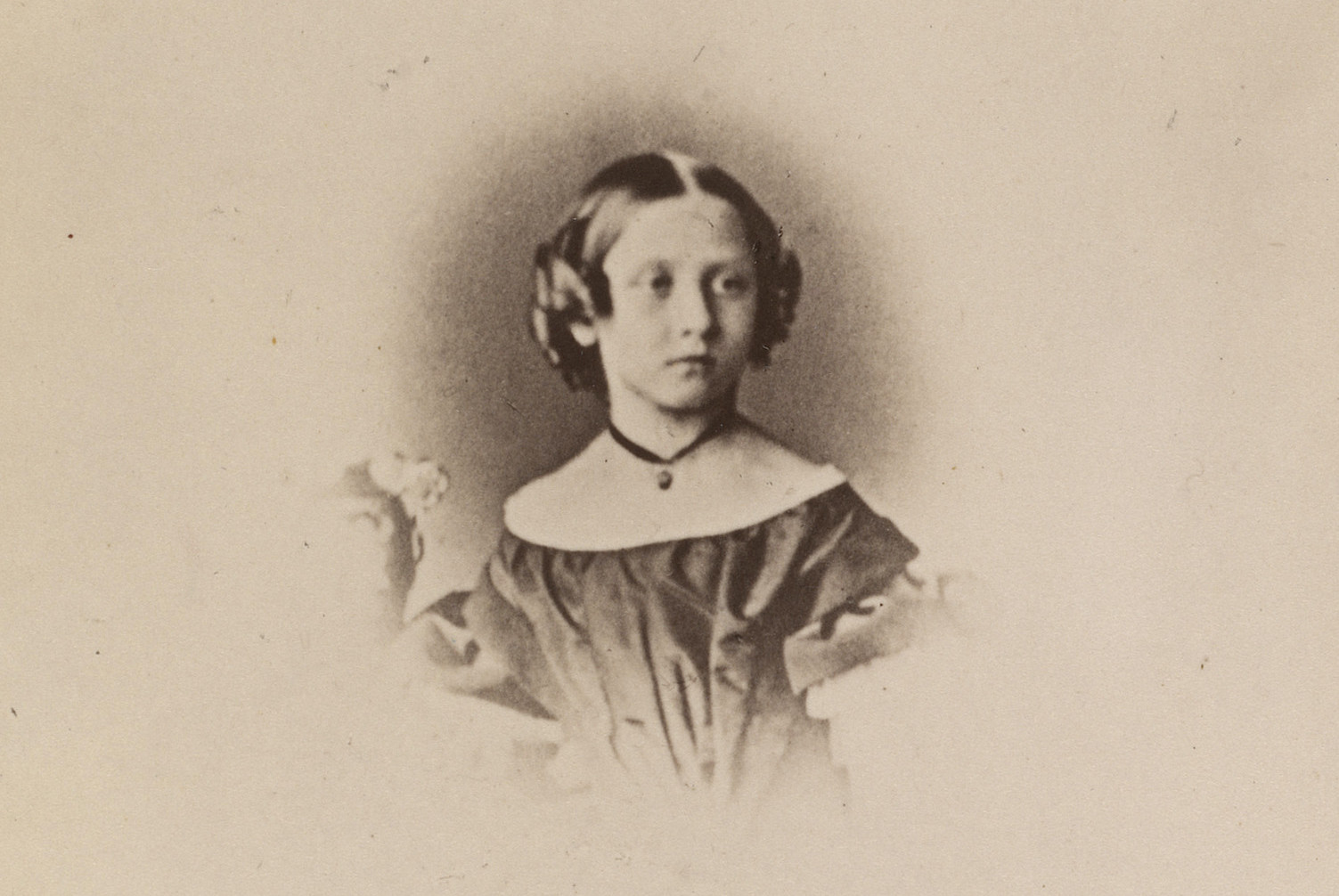
A young Princess Louise (RCT)
As a baby, Princess Louise proved to be placid. She slotted easily into the busy nursery. The Queen was so unusually pleased with her as a baby, that she was even allowed to join her siblings at family teatime. Victoria famously hated babies with their ‘frog-like’ arm and leg movements.
Louise would receive a multitude of compliments on her appearance and demeanour throughout her life. Even as a baby, courtiers and governesses would pay tribute to her radiance with Lady Augusta Bruce, one of the Queen’s ladies calling her ‘the delicious Baby….a delight and beautiful creature’.
Queen Victoria’s approach to parenting was generally hands-off, but Louise’s rebellious nature was clear from a young age, and the Queen or her nursery governesses often smacked her. This led to the Queen’s own mother, the Duchess of Kent, commenting how difficult it was to hear a child scream during the punishments doled out, to which the Queen responded “not when you have eight Mama – that wears off”.
Louise’s life along with that of all her siblings was regimented by Stockmar and reports were meticulously produced by Albert to record his brood’s progress in maths, history, geography and grammar. Louise excelled at French, but disappointingly for her parents, her German studies were less successful.
All the royal children took delight in their pursuits outside of the classroom, however. They were especially fond of the picnics at Balmoral, where all the children would be offered “wee drams” of Scotland’s finest tipple (whisky) which they were expected to down.
Adolescence:
Despite their personality clashes, the Queen was able to recognise that Louise was an able dancer, and Victoria noted after a dance, that Louise “danced the sword dance with more verve and accuracy than any of her sisters”.
Along with her eldest sister Vicky, Louise’s quick wit and intelligence made her a firm favourite with her father. Her inquisitive nature earned her the nickname “Little Miss Why” from other members of the family.
Louise was just 13 when Albert died, leaving a captive of her mother’s seemingly-unending grief. The Princess’ rebellious nature became more entrenched in supporting controversial causes once Victoria became a widow, Prince Albert’s death plunging her – and dragging those around her – to the depths of deep melancholy.
After this loss, Victoria began to rule her family jealously with an irrational iron rod, seeking to control every aspect of their lives. She actively prevented her children from forming relationships outside the family, and refused Louise a coming out dance for her 17th birthday. The Buckingham Palace ballroom – the largest room in Europe at the time – had not been opened since Albert’s death and she was not about to open it now.
Louise’s reaction was to kick back, constantly seeking to work against her august mother’s unyielding grip. In turn, the Queen insisted on proclaiming her daughter “backward and difficult”.

Queen Victoria with Princess Louise in 1862 (RCT)
The Queen remained ambivalent about all her children most of her life, and her continuing disappointment and disapproval demolished their self-confidence, typically leaving Louise to cry to her ladies in waiting: “I am so stupid and useless”.
Slowly, Louise gained the confidence to stand up to her overbearing mother. She was by far the most artistically talented of Queen Victoria’s daughters; an able actress, pianist and dancer, as well as a prolific artist and sculptor.
Louise’s looks and charm were weapons of their own. She had a wonderful figure, was unstuffy, great company, and coquettish, wearing blue ribbons in her hair. An older, fellow artist commented, “If I were a young man I should not rest until that lovely girl promised to marry me”.
Princess Louise and marriage:
An episode at the age of 22 hurried her family into finding a suitable match: Louise set about producing a bust of John Brown – Victoria’s favourite ghillie – on her mother’s commission. The charismatic and good-looking artist, Joseph Edgar Boehm, stayed at Balmoral to help her with the piece. He had a special rapport with Louise, 23, and they developed a flirtatious relationship. Brown and the Queen burst in on the couple, sharing an intimate moment. Believing the discovery to be engineered by Brown, she exclaimed: “John Brown this is your doing – either you go or I do.”
Evidently, the threat fell on deaf ears. The episode made it blatantly clear to her mother that a husband needed to be found for Louise – and quickly.
There was a shortage of Princes eligible to marry Louise, and the whole family became involved in the project. Louise was adamant and refused to take a Prussian husband: they “smelt bad” and had an “appalling sense of humour,” she complained.
With most of Europe at war, and foreign alliances being perceived as disadvantageous, for once, mother and daughter were in agreement: the groom must be British. Victoria, therefore, turned to Burke’s Guide to the Peerage to scout out a match. It was then that John Campbell, Marquis of Lorne – the romantic looking, fair haired and piercingly blue-eyed heir to the Dukedom of Argyll – made his mark.
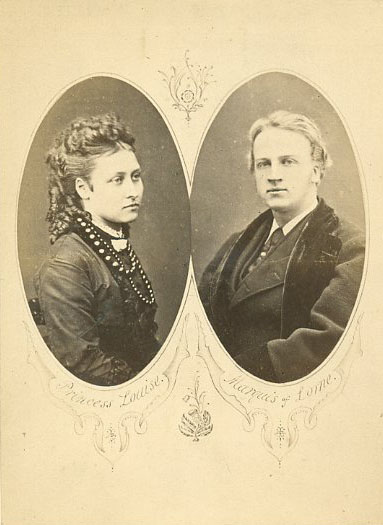
John Campbell, Marquis of Lorne and Princess Louise on their engagement (Wikimedia commons)
He was well-read and well-travelled. Unusually for the time, he had even been to the USA. He had written articles, dabbled as a poet and was politically active. Importantly, he was an artistic and intellectual equal for Louise.
The pair went on to marry on 21st March 1871 at St George’s Chapel in Windsor, adding Marchioness of Lorne to Louise’s titles. This was the first time since Tudor times that a British princess married outside of royalty: Henry VIII’s widowed sister Mary – formerly Queen Consort in France – married his friend, Charles Brandon, Duke of Suffolk. The public were thrilled at the Lorne match, having tired of the seemingly-endless stream of Germans joining the ranks of British royalty.
In 1878, the Marquis was appointed Governor General of Canada (the Queen’s representative in the Empire) and the couple moved to Ottowa, making Rideau Hall their new home. As consort to the Governor General, Princess Louise used her position to support the arts, higher education and the cause of female equality.
Louise busied herself in her new home, putting her artistic talents to work. She hung many of her watercolour and oil paintings around their home, and took the opportunity to install some of her sculpted works.
It was initially thought that a daughter of the Canadian Queen moving to her north-American realm would be seen as a “thrill of joy burst upon the Dominion” and hoped that Louise’s presence in Canada would enhance the link between Canadians and their Sovereign. But their arrival was not initially welcomed by the Canadian press, who took to complaining about this seeming imposition of royalty, in a society that had – up to that point- been quite non-royal.
Princess Louise, however, was intent on focussing her efforts on her new home land and served as patron of various organisations; the Ladies’ Educational Association, the Woman’s Protective Immigration Society, the Society of Decorative Arts and the Art Association.
Whilst abroad, she created another sculpture of her mother, which now stands in front of the Royal Victoria College, Montreal, now the Strathcona Music Building of McGill University.
During a cold winter’s day Louise, John and two attendants, were hurt in a sleigh accident in 1880. The Princess hit her head on the iron bar supporting the roof and was knocked unconscious; Lorne was trapped underneath her.

Princess Louise in 1866, aged 18 (RCT)
The doctors who attended Louise reported she was severely concussed and in shock, and that “it was a wonder her skull was not fractured”.
Upon instructions from Lorne’s private secretary, the press played down the story, leading to little sympathy from the public than it would have if the real injuries had been revealed. One Member of Parliament wrote: “Except the cut in the lower part of the ear I think there was no injury done worth mentioning.”
Louise cancelled her immediate engagements, with the public accusing her of over-dramatising the incident. News of the accident was also played down in Britain, and in letters home to the anxious Queen Victoria.
The Princess had certainly left her mark in her adopted country, and in 1905, the province of Alberta was named after her as was Lake Louise and Mount Alberta.
The Marquis inherited his father’s Dukedom in 1900, making Louise Duchess of Argyll.
Rebel Princess:
Even as a teen, Louise could not escape rumour. She reportedly fell in love with Reverend Robinson Duckworth, 14 years her senior, between 1866 and 1870, when he was teaching her brother.
Louise was determined to be seen as an ordinary person, so when she travelled abroad, she often used the alias “Mrs Campbell” (Campbell being her husband’s clan). In the Swiss Cottage built for the children at Osborne House on the Isle of Wight, she even learned to cook, something she did for the rest of her life.
As she grew older, Louise’s artistic talent – not able to be fully expressed within palace confines – gave way to a rebellious streak, evidenced by a sharp tongue, coupled with the most physically striking appearance of anyone in her family.
Rumours surfaced and swirled about the state of the Lornes’ marriage, although their veracity isn’t proven.
Edgar Boehm collapsed and died whilst the Princess was visiting him at his studio in 1890. Were they caught in one another’s arms? Other rumours countered that Louise had been “chaperoned by ladies in waiting”. The Royal explained that during her visit he had carried a bust and pushed around other heavy objects when he fell ill.
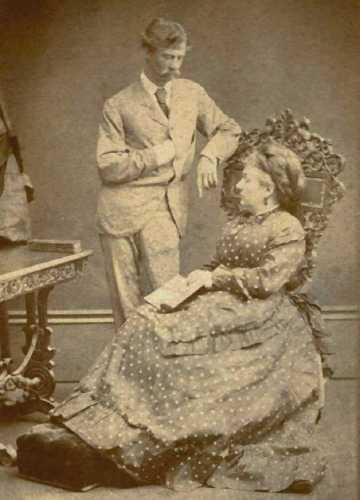
Princess Louise with one-time flirtation, Joseph Boehm, an Austrian medallist (Wikimedia Commons)
Another was that Louise was having an affair with Arthur Bigge, the Queen’s assistant private secretary. Her older sister, Princess Beatrice, mentioned the rumours to Victoria’s doctor, calling it a ‘scandal’, but Louise insisted these were fabrications created by her jealous sisters, with whom she often had a tempestuous relationship. The Princess, a biographer of Victoria’s daughters contest, was jealous of Beatrice and her husband (Prince Henry of Battenberg) for their loving relationship.
The Queen was terrified of what these revelations could do to the Royal Family’s reputation and the public’s support for the institution. Louise’s response was to throw herself into charity work.
Unsavoury types?
Louise’s network of friends, connections and acquaintances spanned a multitude of arenas.
Amongst her art friends, Queen Victoria heartily disapproved of Millais’s friendship with the Princess. His wife Effie had previously been stuck in an unhappy marriage to John Ruskin when she and Millais fell in love. She left Ruskin, with the couple annulling the contract on the grounds of non-consummation; Effie and Millais married in 1855.
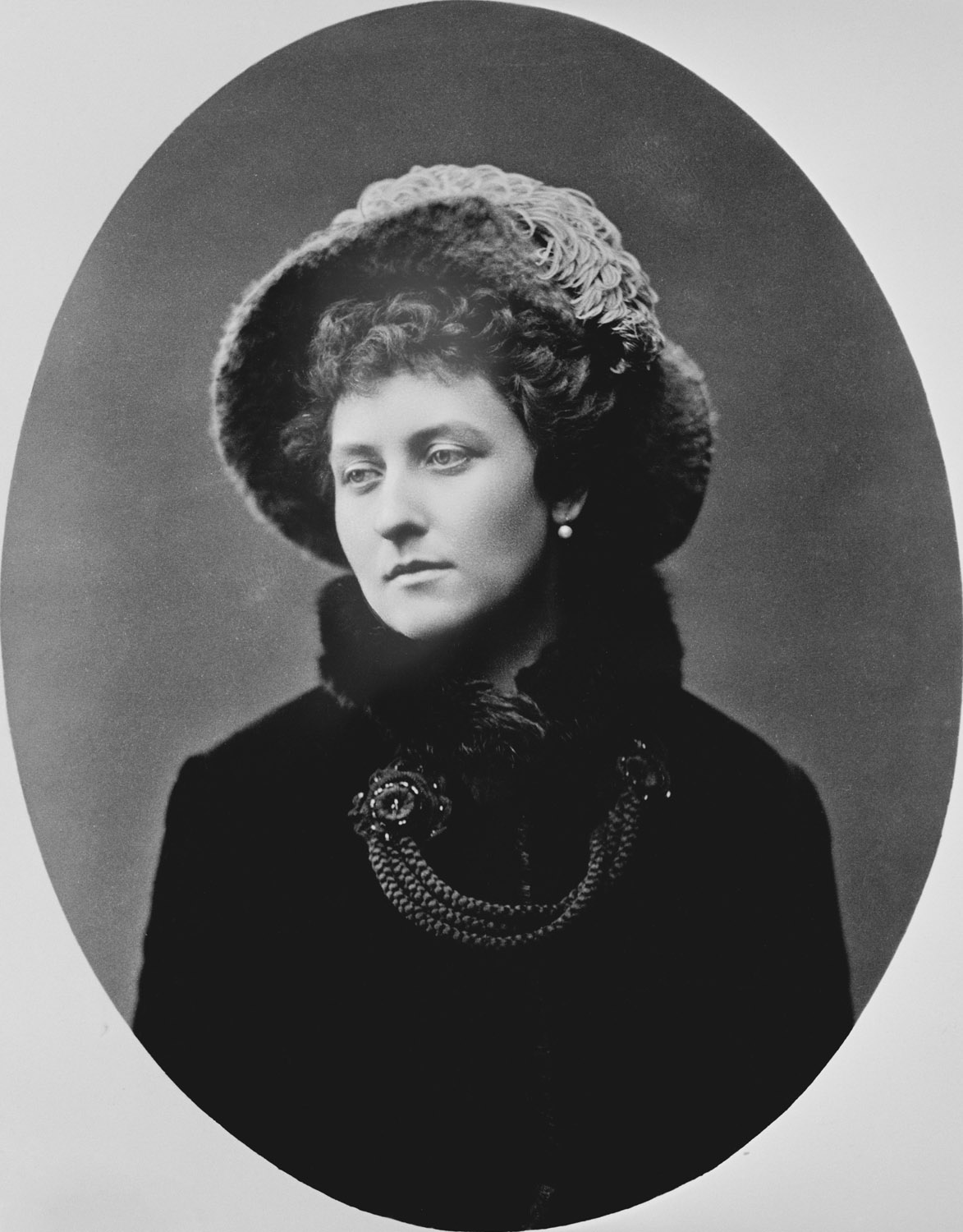
Princess Louise
Millais, who was on the up, being created a baronet in 1885 and elected as the President of the Royal Academy shortly before his death in August 1896, was at the heart of the artistic establishment – but his wife’s exclusion from society was a source of unhappiness. Thanks to Louise’s intervention towards the end of Millais’ life, Effie was finally received in polite society.
It was through friends’ recommendations that Princess Louise sourced her models. As the Queen’s daughter, it was important that the models used had the right appearance for her style of work and should be considered suitable for her to spend time in their company. Many models of the day were often from the working class, and some were not considered respectable company, especially for a royal lady.
It shows Louise’s natural rebellious nature and desire to be apart from her royal persona that she worked, and became friends, with Antonio Corsi, one of the most celebrated male model of his day. Corsio started life as a poor Italian street-singer, but became a regular visitor to see Louise at the palace for more than two years. He was in demand by a host of famous artists.
True to her unique progressive feminist streak, the Princess wrote to Josephine Butler praising her International Women’s Review. Butler was a social reformer, who campaigned for women’s suffrage, the right of women to better education, the end of coverture (in which a woman’s rights are effectively negated upon marriage), the abolition of child prostitution and ending human trafficking.
She also privately visited Elizabeth Garrett Anderson, the first woman to qualify as a doctor in the UK. Garrett Anderson was a forerunner in the arena of women’s equality: she was the co-founder of the first hospital staffed by women, the first dean of a British medical school, the first female mayor in Britain (in Aldeburgh).
Aligning herself with such outspoken women was quite daring; the Queen had her constitutional place, and it might be seen that Louise was attempting to sway her mother – or political players – in policy.
An illegitimate child?
Louise’s biographer, Lucinda Hawksley, claims that the Princess had an illegitimate child aged 18.
Lacock, who delivered Victoria’s children, had an adopted grandson join the family in 1867. Henry Lacock grew up being told that Princess Louise was his mother, a story shared amongst his family. His father, Hawksley explains, was Walter Stirling, tutor to Prince Leopold (Louise’s haemophiliac brother). Four months into his role, Stirling was sacked – the author contends it was because of his affair with Louise.
In 2004 the descendants of Henry Lacock applied for permission to take a sample of Henry’s DNA from his coffin and compare it with the DNA of Louise’s niece, the Tsarina Alexandra of Russia. Permission was refused.
However, no contemporaries commented on any change in Louise’s figure, and she did not disappear from court in the time she would have been pregnant, if this were true.
Princess Louise, the sculptress:
Louise was a pioneer; the first female sculptor in the UK to have a statue erected in public, a monument erected outside Kensington Palace of her mother.
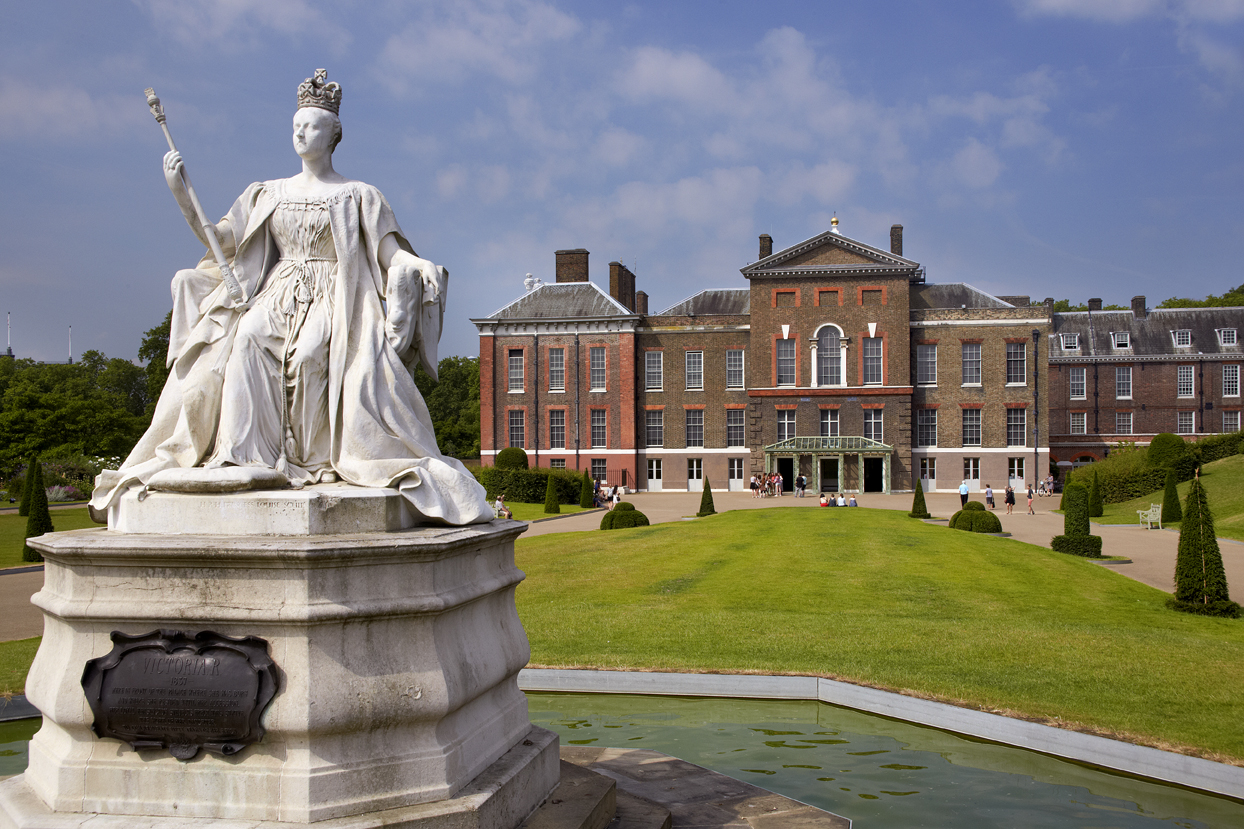
This statue of Queen Victoria was made by her own daughter, Princess Louise (HRP)

Princess Louise’s statue of her mother – a young Queen Victoria – sits in the gardens at Kensington Palace (Wikimedia Commons)
She became a prolific artist in the family, and the Royal Collection has a number of Louise’s works in its possession, including marble statues of a number of her siblings, Princess Beatrice, Prince Arthur and Prince Leopold.
Her love of sculpture gave her respite, allowing escape to her studio from her mother and the restrictions of royal life.
Her love of sculpture gave her respite, allowing escape to her studio from her mother and the restrictions of royal life. Victoria though Louise’s preference for sculpture “unnatural for a girl, especially a princess”, but Louise proved a formidable match for her mother when she set her mind to something and pushed the boundaries; eventually, Victoria gave in and allowed Louise to attend the National Art Training School to study sculpture in 1868, attending – to her mother’s horror – life drawing classes.
Whilst she had given her approval for Princess Louise to study sculpture formally, she ended up limiting Louise’s activity at the school, demanding she stay at home to help her with her letters. Louise’s fellow students were shocked at the amount of work she undertook on the Queen’s behalf and how much time being a royal took behind the scenes.

A watercolour by Princess Louise (RCT)
Louise went on to produce a bronze of her mother in 1887, which can be found today in Leeds’ Temple Newsam House, while London’s National Portrait Gallery houses a terracotta self-portrait that she produced.
Her talents didn’t stop at sculpting or painting. She even wove a carpet for her beloved brother, Bertie (later Edward VII).
Louise’s extensive involvement with the art world came into its own in the latter half of the 1870s and 1880s, when she was a frequent exhibitor at the Royal Academy, the Society of Painters in Watercolour, and the Grosvenor Gallery where she was invited to show her work.
The Princess’s taste was unorthodox, admiring the Pre-Raphaelite movement and she was frequently in contact with many names from the ‘brotherhood’. She formed friendships with the likes of Sir John Everett Millais, John William Waterhouse and Edward Burne-Jones.
Princess Louise admired James Whistler, an American artist living in London, and she commissioned Edward Godwin, a progressive artist-designer, to design her studio at Kensington Palace, where she lived with her husband.
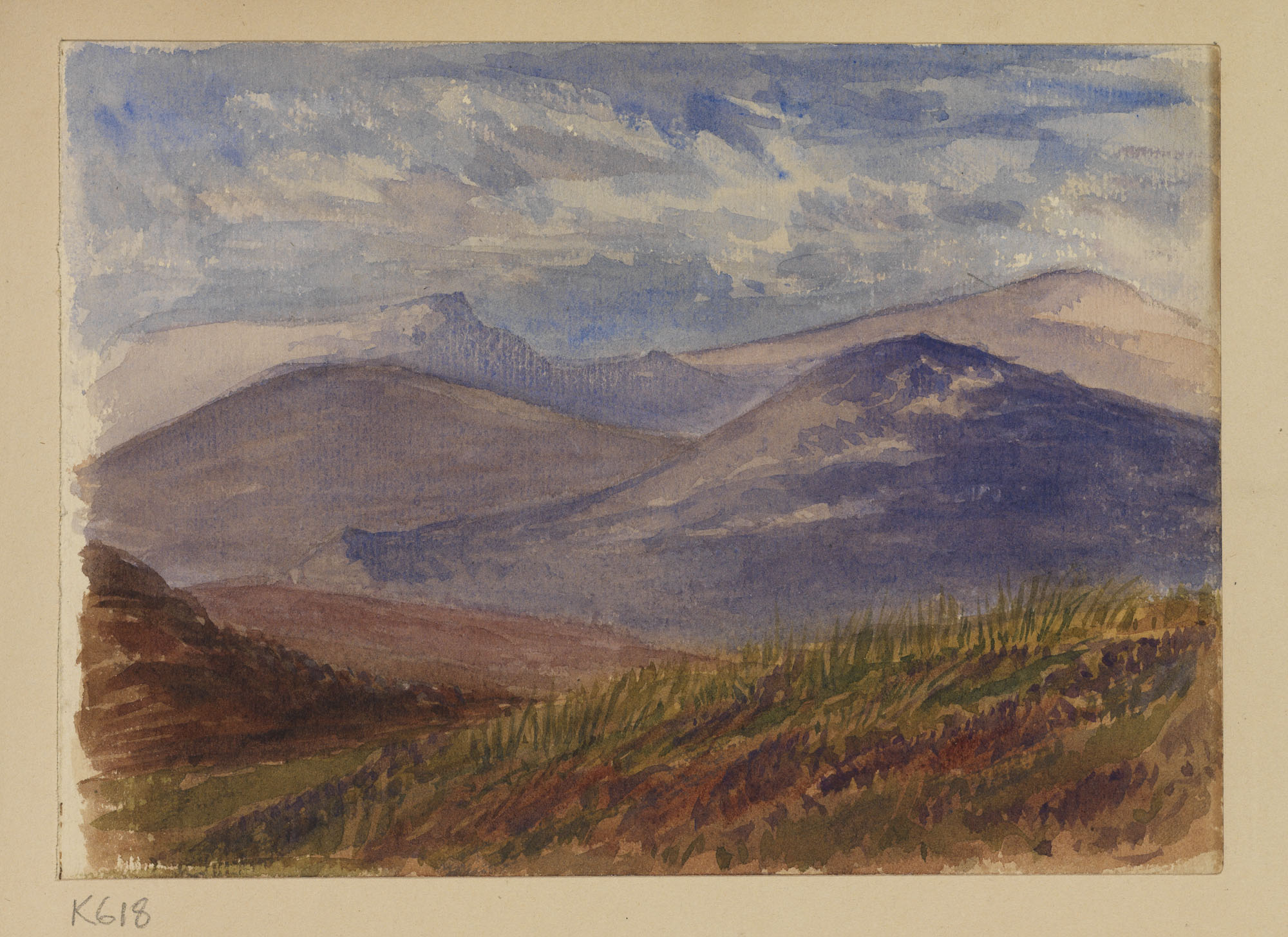
Princess Louise created this watercolour of the Scottish landscape (RCT)
The Princess was responsible for the memorial to the Colonial soldiers who died during the Boer War, which now stands in St Paul’s Cathedral, described as her ‘masterpiece’.
Charity work:
When the couple returned to the UK in 1883, their marital unhappiness was abundantly clear. Rumours in royal and aristocratic circles abounded about Lorne’s sexual preferences. Windows at Kensington Palace were bricked up in an attempt to prevent him from leaving the apartment at night, to finding soldiers in Kensington Gardens. Other sources say he was visiting a mistress.
For the first time in both their adult lives, Queen Victoria was on Louise’s side when she realised just how unhappy Louise was, and encouraged her charity work as a distraction.
She immersed her efforts into promoting female education and getting women into work, as well as encouraging soldiers and helping nurses.
The Schools Enquiry Commission set up in 1864 to survey the field of male and female secondary schools, which concluded that there was a “general deficiency” in the provision of secondary education for girls.
Louise became the President of the Women’s Education Union from 1871, set up to establish a network of girls secondary schools across the country. Ten girls’ schools were opened in the first three years alone. She took own the role of patron for the Girls’ Day School Trust in 1872, designed to provide affordable day schooling for girls.
Being back Britain did not stop Princess Louise taking a continued interest in Canada: throughout the North West Rebellion of 1885 – when natives and locals rose against the government of Canada – she sent medical supplies and money for distribution. Her express instructions were that assistance was to be given to the government troops and the rebels.
Princess Louise in later life:
When the Queen died in 1901, the Duchess of Argyll inherited Kent House on the Osborne estate, as a country residence where she would spend much of her time. Louise would split her time between here and Kensington Palace, being a neighbour to Princess Beatrice in both locations.
Upon her mother’s death, Louise played an active part in the social life of her brother Edward VII, famed for his womanising ways and smoking, the latter of which Louise also enjoyed.

Princess Louise in later life, c.1915 (wikimedia commons)
Princess Louise continued her sculpture work into her latter years, and in 1902, designed a memorial to the colonial soldiers who had fallen in the Boer War. It can now be seen in the South Transept of St Paul’s Cathedral.
Later that year, she began a nude study on a married woman suggested by the English painter, Sir William Blake Richmond.
When Lorne inherited the Dukedom, the couple frequently visited Inverary Castle, the Duke’s ancestral home. Louise avoided inviting her brother, the King, to Inverary, because the couple were economising and royal visits imposed expenditure on a massive scale. Financial pressures did not dwindle as might be expected when the couple inherited in 1900.
As the Duke aged, he became senile and his health deteriorated. Louise nursed her husband and they became close his final years.
The 9th Duke of Argyll died on and May 1914, and without her husband, Princess Louise became lonely: “My loneliness without the Duke is quite terrible. I wonder what he does now!”
She went on to have a nervous breakdown.
Louise would outlive her husband for another 25 years, dying just after the outbreak of the Second World War, on 3rd December 1939, at Kensington Palace. She was 91 years old.
Touchingly, our own Queen would later recall of her great-aunts Louise and Beatrice, that they had the capacity to talk until they stunned their audience with their chatter.


